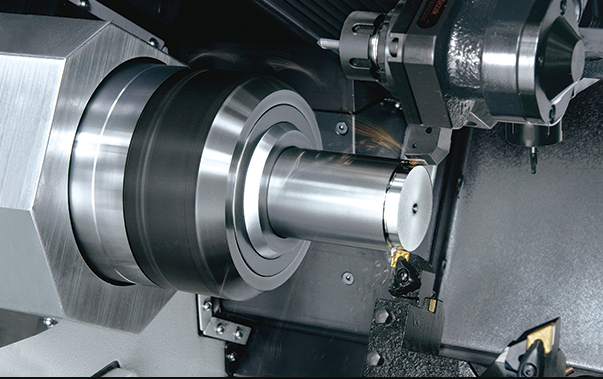E-Mail-Formatfehler
emailCannotEmpty
emailDoesExist
pwdLetterLimtTip
inconsistentPwd
pwdLetterLimtTip
inconsistentPwd

Nachrichten
Cast Iron vs Cast Steel(continued)

Compressive strength
Compressive strength is the ability of a material to withstand forces that would reduce the object's size. This is opposite to forces directed at pulling a material apart. Compressive strength is beneficial in mechanical applications where pressure and containment are factors. Typically, cast iron has better compressive strength than steel.
Impact resistance
So far, it might seem that there are more advantages to using cast iron than steel, but steel has one significant advantage: impact resistance. Steel is excellent at withstanding sudden impacts without bending, deforming, or breaking. This is due to its toughness: its ability to withstand high stress and strain forces.
Strength without ductility results in a brittle material that is highly susceptible to fracture—and cast iron is the poster child for strength without ductility. Because of its brittleness, cast iron has a limited range of application.
At the same time, high ductility, or the ability to deform without failure, isn't much use without the strength to withstand significant impact. A rubber band, for example, can go through significant deformation without breaking, but the amount of force it can take is very limited.
While iron may be easier to work with in most casting applications, steel has an optimal mix of both strength and ductility for many applications, and cast steel is extremely tough. The impact-resistant qualities and all-around load-bearing nature of steel make it desirable for many mechanical and structural applications—that’s why steel is the most widely used metal in the world.
Corrosion Resistance
Iron has better corrosion resistance than steel. Both metals oxidize in the presence of moisture, but iron develops a patina to prevent deep corrosion of the metal's integrity.
Another way to prevent corrosion is with paint or powder coating, or IronArmor for added protection. Any chip or crack that exposes the underlying metal can will result in corrosion, so regular maintenance is important for coated metals.
If corrosion resistance while maintaining a silver-toned raw metal look is an important factor, alloy steels are likely a better option—specifically stainless steels, which have chromium and other alloys added to prevent oxidation.
Wear resistance
Cast iron typically has better resistance to mechanical wear than steel, especially in friction-wearing situations. A certain amount of graphite content in the cast iron matrix creates a graphitic dry lubricant that allows solid surfaces to slide against each other without deteriorating surface quality, making it more difficult to wear.
Steel wears more readily than iron but may still be resistant to certain types of abrasion. Certain alloy additions can also improve the abrasion qualities of steel.
Cost
Cast iron is often cheaper than cast steel because of the lower material costs, energy, and labor required to produce a final product. Raw steel is costlier to purchase, and it requires more time and attention to cast. When designing cast products, however, it is worth considering long-term use and replacement costs. Parts that are more expensive to manufacture can end up costing less in the long run.
Steel is also available in many prefabricated forms—such as sheets, rods, bars, tubes, and beams—and can often be machined or assembled to suit a particular application. Depending on the product, and quantity required, fabricating existing steel products may be a cost-effective option.
Conclusion
For more information about small cast iron,wenzel cast iron,cast iron steel, we are glad to answer for you.

